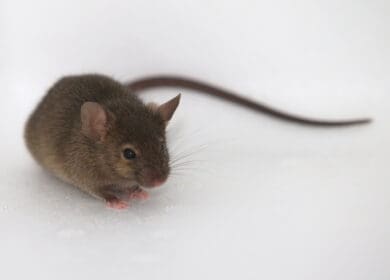CBA/CaH
CBA/CaH
| Strain details | |
|---|---|
| Nomenclature | CBA/CaHOzarc |
| Common name | CBA/CaH |
| Synonyms | CBA |
| Strain | Inbred |
| Coat colour | Agouti (A/A) |
| Species | Mouse |
| Location | Area Oz2 |
| Weekly wean target | 20 males, 20 females |
Strain description
- MHC haplotype: H2Kk
- Complement Factor: C5 normal
- CBA/CaH for its low activity and docile behaviour.
- This strain has high overall tumour incidence, which includes hepatomas and mammary tumours. Often used in cancer research to study tumorigenesis and tumour progression.
- CBA/CaH mice are resistant to the induction of atherosclerosis by a high-fat diet, making them suitable for studying cardiovascular diseases and lipid metabolism.
- There is considerable variation between different sublines of CBA/CaH mice, and care must be taken when comparing data from different sublines.
- CBA/CaH mice also exhibit a high rate of spontaneous mutations, which may impact experimental outcomes and require careful genetic monitoring.
- Originally developed by Strong (1920) from Bagg albino x DBA. Offspring split into a low mammary tumour incidence strain (CBA) and a high incidence strain (C3H). Strong to Andervont in 1947. Andervont to The Jackson Laboratory in 1948.Circa 1953 to the MRC Mammalian Genetics Unit, Harwell, hence the H in the nomenclature.
- Received at ARC from CULAS (1997).
- Received at Ozgene ARC from ARC (2023).
- CBA/CaH strain is widely distributed and commonly used as a general-purpose strain in research due to its ease of handling and availability.
- This strain of mice is a valuable research tool for studying cancer, cardiovascular diseases, and other areas of biomedical research.
Past ARC and transfer reports:
Current Ozgene ARC reports (from 01-Jun-2023)
- This strain is housed in Area Oz2/3/5
- Please see Oz2/3/5 health reports on our Biosecurity page
- Animals are not allowed to be used for propagation
- Ozgene ARC terms and Conditions
- Mouse images are representative only. Actual phenotypes may vary based on genotype, sex, age, husbandry, health status, and other factors.


